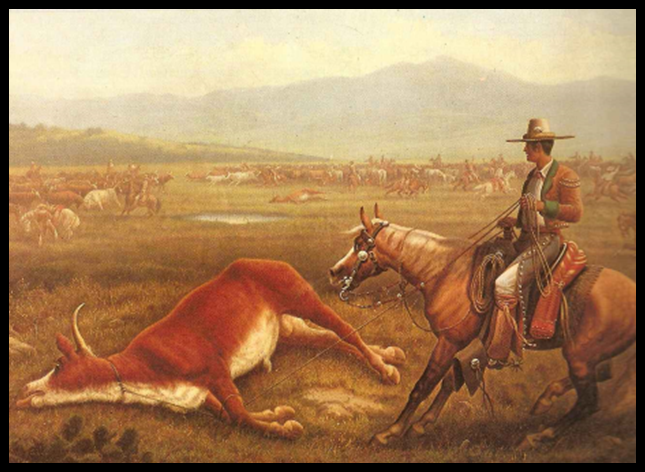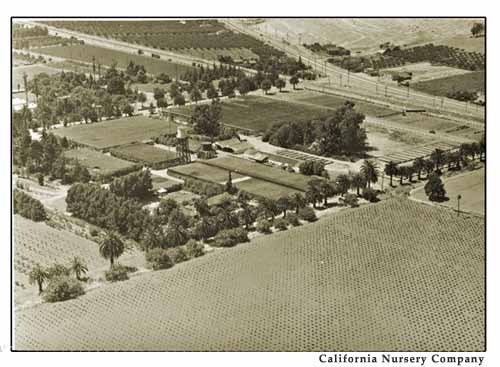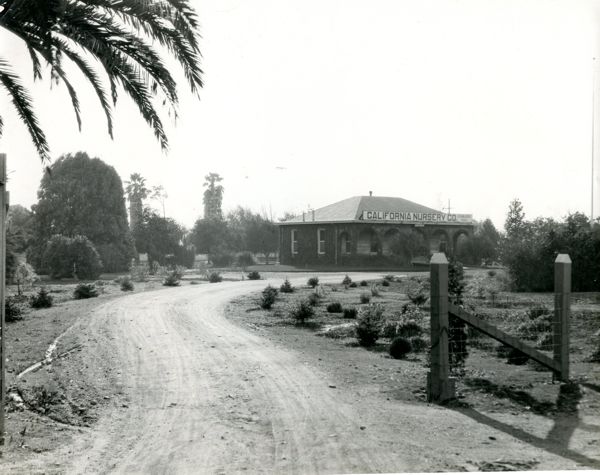|
California Nursery Historical Park
 |

2025-2026 |
SPECIAL
GARDEN TOUR
1 hour tour of Park
and Scavenger Hunt $100.00
1 class + chaperones (no
more than 40 people)
Meet at Vallejo Adobe and get a
glimpse of the entire park. Walk around and end at
California Nursery Office Museum. Then you can take your
class and go on a scavenger hunt/art throughout the park, locating gardens, trees,
roses and more. Each chaperone would get a scavenger guide and they
can serch together as a team.
email:
field@msnucleus.org to
see availability of dates and more information
In depth class on Ranchos
School field trips,
single classes (Sept-Nov; Mar-June)
an overview of this historic park highlighting
period from 1800s to 1940s
 Rancho
de la Alameda Rancho
de la Alameda
Formal Field
trip geared for 3rd-4th Grade
ACTIVITIES
presentation in
Adobe (Vaqueros) bring back images of wild Niles
walk around the 20 acres to see
features and trees
Learn about Maria Gaulupe
Vallejo
15 minute break
(before or after scavenger hunt) bring
your own snack (water fountains are
available)
Making an
Adobe Brick or Making flour from grain
PRICE
$350 for up to 30 students ($12 for additional students over
30)
5 chaperones are free ($5 per added chaperone up to 10
people)
Book
field trips by calling (510)790-6284 or email
field@msnucleus.org
free parking (bus or cars)
time: 9:30-11:45 AM (with
15 min break) have lunch within the park and extend the field
trip
|
Description |
History Standards |
Science Standards |
Students will learn about Rancho Period
starting with cattle herding and wheat farming and
transitioning to fruit trees.
Students will explore the Vallejo Adobe, built
for the vaqueros and later used for storage as the
Vallejo family used the land (river and soil) to
create a successful wheat business.
See how Adobe bricks are made, grind wheat
with mortar and pestle, walk the grounds and tour
the Museum to see the importance of this historical
nursery.
Correlation: Rancho
Arroyo de la
Alameda |
California: A Changing State (4th grade) |
From Molecules to Organisms: Structures and Processes |
Each two hour field trip uses
authentic historic buildings and the 20 acre park to tell
 a
story of the Rancho Period (1800s) to the early
1900s in southern Alameda County. Trips include exploring
the Vallejo Adobe, the California Nursery Museum and trees
from all over the world.
Students see the evolution of the California Nursery
into one of the most influential in the western hemisphere
and artifacts from the 1870's - 1900's that illustrate the
importance of different species of trees.
Artifacts and videos show the importance of early
fairs like the 1915 Panama Pacific International and the
1939-1940 Treasure Island World Fair to illustrate how
important commerce is to a state.
Students can stay for
lunch under teachers supervision. a
story of the Rancho Period (1800s) to the early
1900s in southern Alameda County. Trips include exploring
the Vallejo Adobe, the California Nursery Museum and trees
from all over the world.
Students see the evolution of the California Nursery
into one of the most influential in the western hemisphere
and artifacts from the 1870's - 1900's that illustrate the
importance of different species of trees.
Artifacts and videos show the importance of early
fairs like the 1915 Panama Pacific International and the
1939-1940 Treasure Island World Fair to illustrate how
important commerce is to a state.
Students can stay for
lunch under teachers supervision.
For details of the trip and standard correction please click
on the Title for more information.
BACKGROUND
INFORMATION
Integration of Science with Local and National History
Managed by the
Math Science Nucleus
The
Niles district in Fremont was known for its
agricultural contributions to the newly formed
State of Californ ia. It was home to many
orchards and nurseries but one of the most
successful in North America was the California
Nursery Company which started in San Jose in
1865 and moved to the Vallejo Ranchero (Niles)
in 1884.
The California Nursery Company story in Fremont
starts with John Rock, a German immigrant who
served in the Civil War as a decorated hero. He
developed new methods of plant propagation which
was an evolving science in the late 1800's. He
worked with the renowned plant breeder, Luther
Burbank. ia. It was home to many
orchards and nurseries but one of the most
successful in North America was the California
Nursery Company which started in San Jose in
1865 and moved to the Vallejo Ranchero (Niles)
in 1884.
The California Nursery Company story in Fremont
starts with John Rock, a German immigrant who
served in the Civil War as a decorated hero. He
developed new methods of plant propagation which
was an evolving science in the late 1800's. He
worked with the renowned plant breeder, Luther
Burbank.
Portions of this field trip will follow the growth
of the nursery and horticultural business in
Niles from Rock to three generations of the
famous Roeding Family from Fresno. The exotic
Bulb Festivals with local "tulip girls" brought
hundreds of thousands of people to take a tour
of the nursery's 500 acres. Trees from this
nursery were used to landscape the 1915 Panama
International Exposition in San Francisco as
well as the 1939-40 Worlds Fair on Treasure
Island.

Portions of this field trip will also discuss the
historic buildings at the 20 acre California
Nursery Historical Park which is owned by the
City of Fremont. Currently one of the buildings
is being renovated, and the goal is to get the
rest of the buildings to tell the tale of
immense agricultural innovation and success.
Buildings include the Vallejo Adobe (early
1830's), the Packing Shed (1890's), and two
possible Bernard Maybeck designed buildings
(1907).
|
|


 Rancho
de la Alameda
Rancho
de la Alameda 

